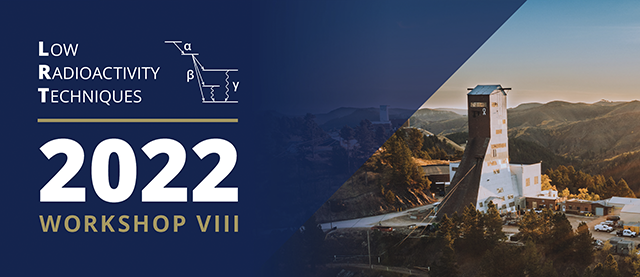Speaker
Description
Radon emanation from construction materials has emerged as a dominant background to current and next generation dark matter searches, particularly those deploying noble liquid targets where radon progeny is expected to decay uniformly across fiducial volumes. Sensitivity studies show that radon activities of ~0.1uBq/kg must be achieved in order to probe the remaining parameter space accessible to standard intermediate mass WIMPs. Some fraction of radon may be removed from targets through purification and there is also potential to identify radon events in xenon target analysis, the latter of which will be discussed in this talk. However, the most direct mitigation at present is to screen potential construction materials for radon emanation directly.
Radon emanation assays of materials are typically performed at room temperature, resulting in large uncertainties when translating screening results to expected rates in noble liquid targets due to the cold suppression of radon diffusion within and subsequent emanation out of materials. Accurately predicting radon emanation from materials in experiments therefore requires assays at final operating temperatures.
The Cold Radon Emanation Facility (CREF), currently being commissioned at RAL, is designed to perform radon emanation studies of materials with sufficient sensitivity and at temperatures of relevance for the construction phases of next generation rare-event searches. It inherits heavily from existing radon emanation assay systems, such as those deployed for the LZ and SuperNEMO projects, to deliver a world-leading sensitivity below 0.1 uBq/kg to 222Rn emanated from materials at room temperature into dedicated emanation chambers. Additionally, CREF is designed to be operated with the emanation chambers cooled to LAr or LN2 temperatures for low-temperature assays. Finally, CREF incorporates a large 200 L litre chamber, operating within a 500 L cryogenic vessel, that can be cooled and stabilised at temperatures down to ~77 K. This allows measurement of ‘as built’ detector components and to establish their rate of emanation as a function of temperature.

